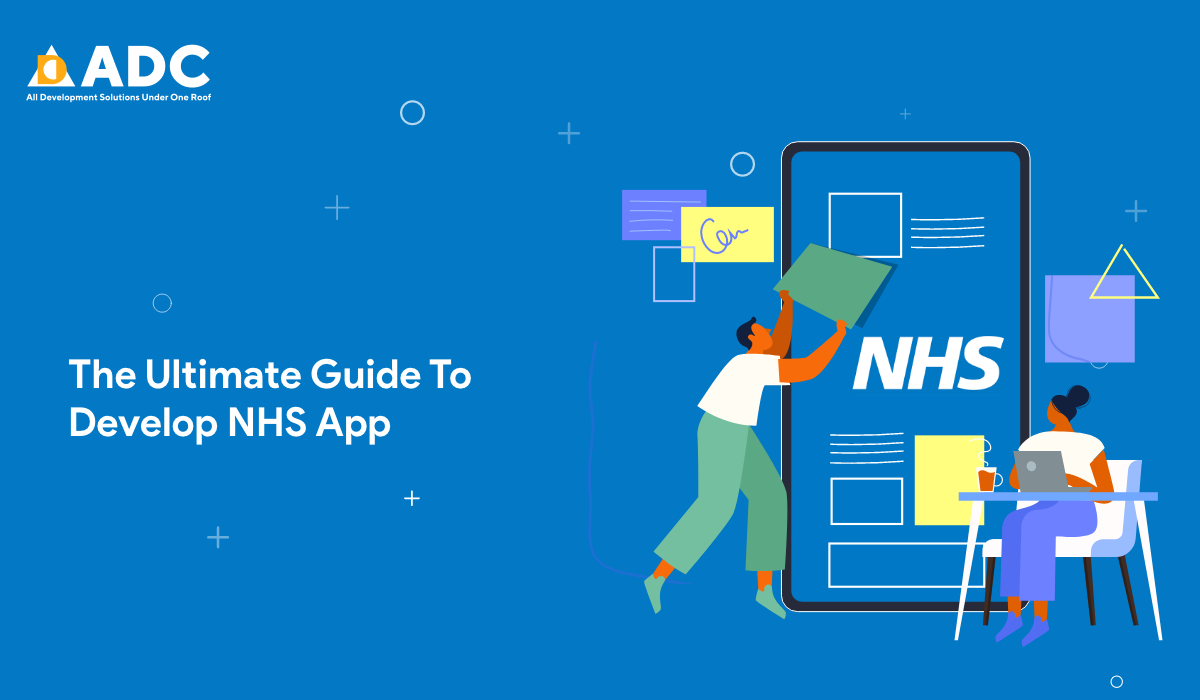Recent post
Subscribe to the Blog
Get our research-based blogs and stories delivered to your inbox.

The latest version of the NHS COVID-19 contact tracing app is now available for download at the Google Play Store and Apple App Store.
The NHS Test & Trace designed this app at DHSC. With the newest version of this application, one can use the Apple and Google contact tracing technology to make it work. It also adds several additional features while protecting user privacy.
As soon as you install the app, you’ll get an alert if it detects you came in close contact with other users who tested positive for COVID-19. It means you get the opportunity to take immediate action by going into self-isolation to prevent spreading the virus.
What purpose does this app serve? Here’s a breakdown of what it can do and how helpful it can be.
The app doesn’t collect personal or classified information. Regardless of the kind of data you choose to submit, the app will take care of it in the following ways.
By using the Apple and Google Exposure Notification API, the app will inform you if you’ve been close to another user of the app who tested positive for coronavirus. However, the newest version of this application can do a lot more than just digital contact tracing. If you’re planning to build a clone of this application from the NHS, you need to go through this section thoroughly.
Depending on the postal region info you submit during the registration process, the app will inform you about the risk level in your area. It will also inform you whenever the risk level decreases or increases. The Joint Biosecurity Centre is in charge of this data. It doesn’t get any of it from the users of the application. Those who want to build a clone will need a reliable source of information for this particular feature
As already mentioned earlier, you can scan QR codes at participating venues that you visit over the last two weeks. Every piece of information will remain stored securely on your device. If the app judges any of the locations as “high-risk venues,” you’ll get an alert instantly. Just like the previous feature, the JBC is in charge of providing data for this one, along with local Health Protection Teams operating with a region.
A user can record his/her symptoms using the app. If the app thinks the symptoms resonate with COVID-19, it will invite the user to take a test. The app will provide the user access to the latest medical guidance and advice as well. You need to make sure that your clone app doesn’t share the data with anyone else like this app from NHS.
Users can order a coronavirus test and get results through the app. It does so without affecting user privacy in any way. Your app has to do the same.
This application will inform you how long you must remain in self-isolation and what you can do to keep yourself and everyone else safe. The app won’t share this information with anyone. If you’re going to create a close of the groundbreaking solution from NHS, you must add every feature described here.
If you’ve been going through this write-up from the beginning, then you already know that this app is available on both Google Play and Apple App Store. You should release your app for both Android and iOS platforms. After all, it’s one of those applications that have to be on everyone’s mobile devices at the moment.
This app uses a mobile device’s Bluetooth systems for contact tracing. It will alert the user if he/she comes into contact with another user of the app who tested positive for coronavirus. Here’s a description of how this feature works.
After installing the app, it will ask for the first part of your postcode so that you can gauge the risk level in your area. It won’t ask for any other information, such as your name or email ID. This app doesn’t collect personal information. You must keep it in mind while developing your NHS COVID-19 contact tracing application clone.
For this app to work, it will ask for several permissions from the user.
Well, now you know what the NHS COVID-19 contact tracing is all about and what it does. If you’re going to build something similar, make sure it has all the features described here. You may also need to partner with medical organizations for relevant data.
Get our research-based blogs and stories delivered to your inbox.
 Top Mobile App Development Firms
Top Mobile App Development Firms
 Top Web Development Firms
Top Web Development Firms